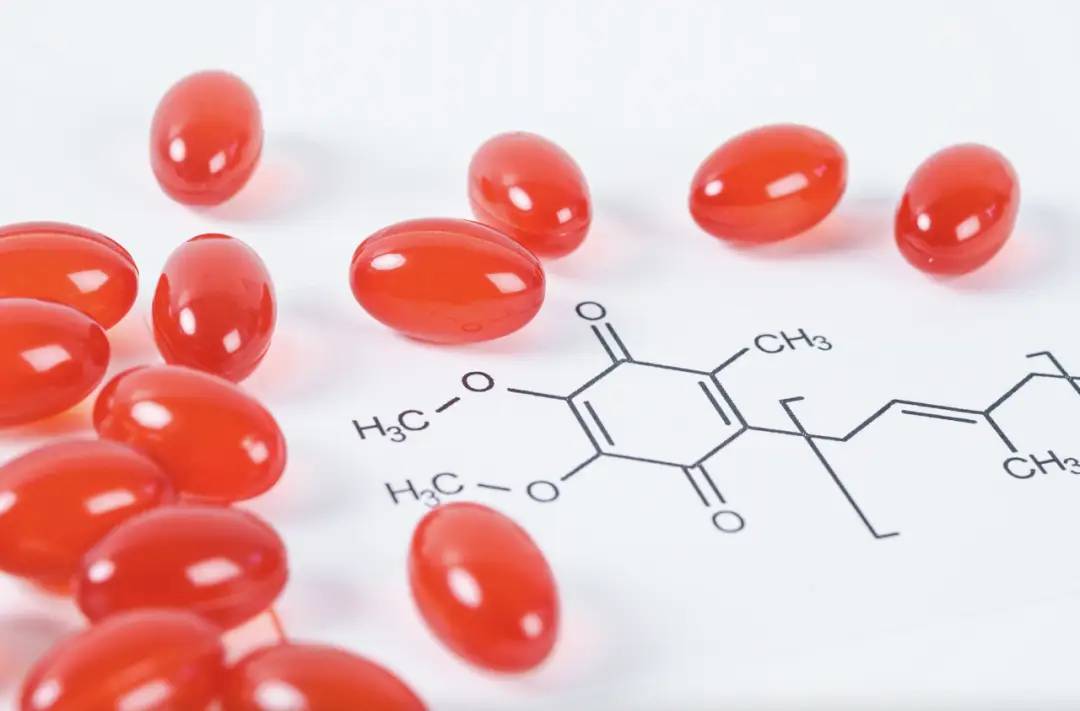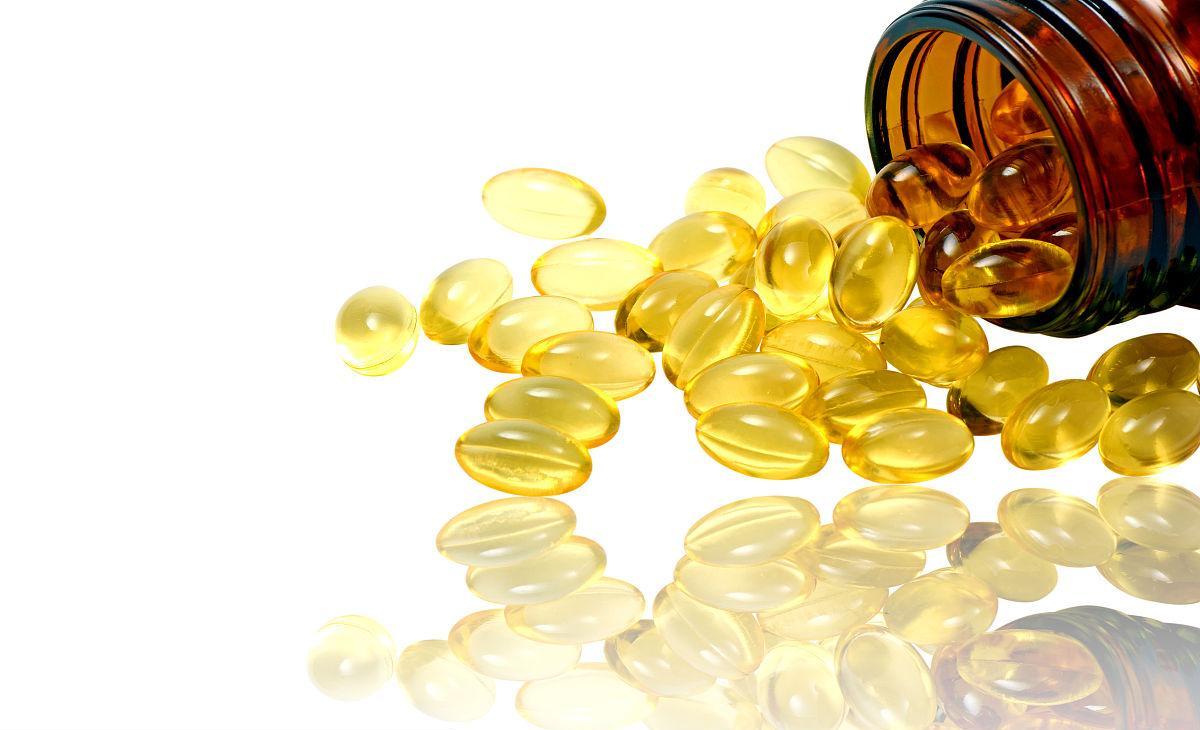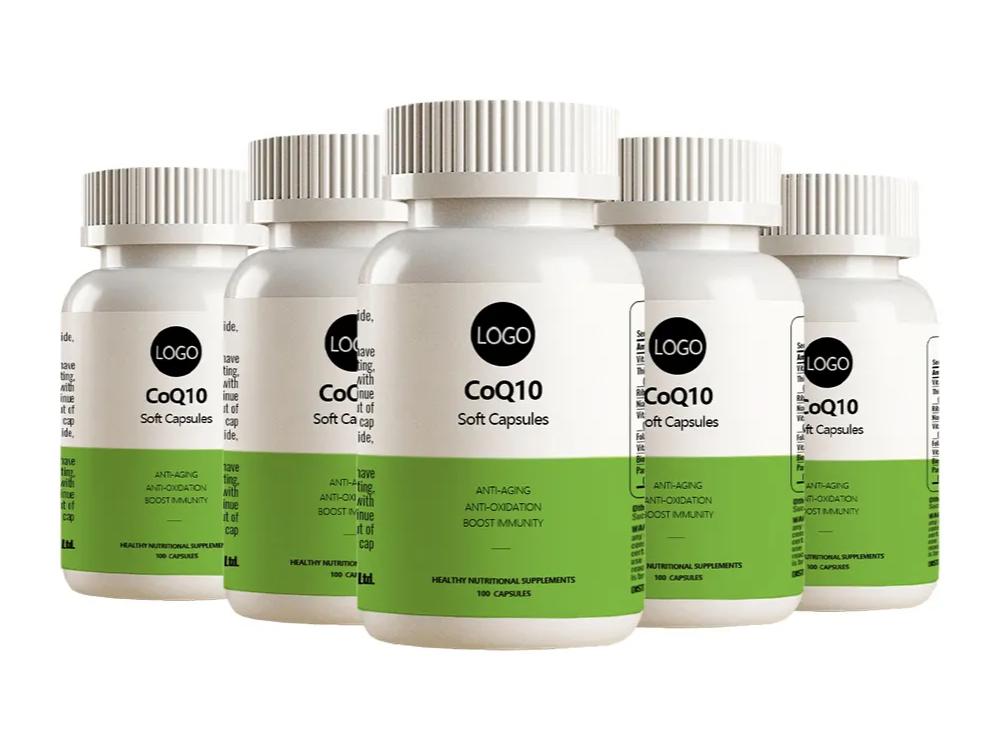Analysis of Patent for Coenzyme Q10 in Cosmetic Applications
Coenzyme Q10 (CoQ10), also known as ubiquinone, is composed of 10 isoprenoid units and is also known as decenoquinone [1]. The amount of CoQ10 in the human body is related to age, and it will decrease with age after 20 years old, so it needs to be replenished from outside. CoQ10 can be used in health products or food as a nutritional supplement to delay aging, relieve fatigue and improve immunity [2].
Coenzyme Q10 is chemically unstable and decomposes easily when exposed to light, which greatly affects its skincare and anti-aging effects. The application of cosmetics containing Coenzyme Q10 and similar active ingredients needs to address the issue of how to fully utilize the skin care effect.
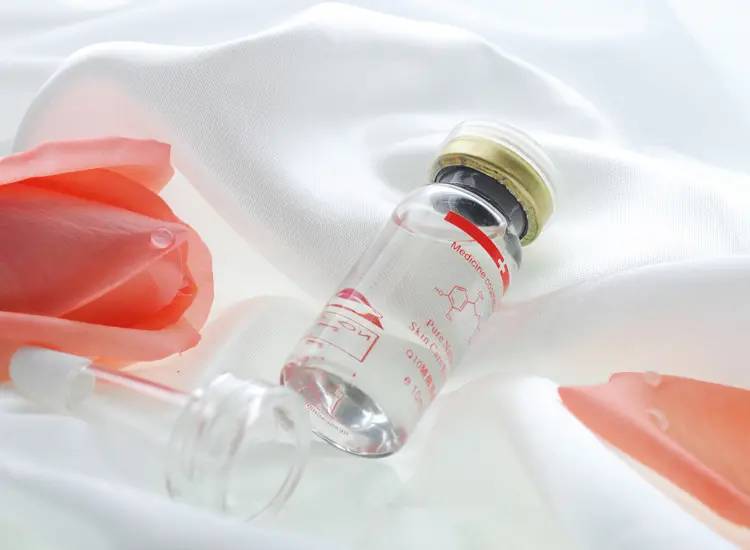
Overseas famous cosmetic companies have started to launch a series of cosmetics containing Coenzyme Q10, such as Schwarzkopf Poly Coenzyme Q10 Scalp Care Serum, Eucerin Coenzyme Q10 Firming Day Cream, Night Cream and Eye Cream, DHC Coenzyme Q10 Youthful Skin Renewal Emulsion, Water and Cream, Lancelot Coenzyme Q10 Sunscreen and Isolating Milk, Beiersdorf Nivea Eye Cream and Face Cream, Kose CLEAR TURN Firming Mask, Dicarie Coenzyme Q10 Firming Spring Face Mask, Switzerland Coenzyme Q10 Firming Mask and Eye Cream. Coenzyme Q10 eye cream and cream series of Nivea of Beiersdorf, Coenzyme Q10 essence beauty mask of CLEAR TURN of KOSHI, and Coenzyme Q10 firming youth cream of Dicarie of Switzerland, etc. At present, Coenzyme Q10 is widely used in China. At present, the application of coenzyme Q10 in cosmetics in China is relatively small, and only a few companies have launched cosmetics containing coenzyme Q10, such as Taiwan's Beverly Silk Coenzyme Q10 Essence Milk and Hazeline Coenzyme Q10 Essence Moisturizing Lotion, etc., so it can be seen that the research and development of coenzyme Q10 is still in the early stage in China.
1.Patent Analysis
1.1 Global Patent Application Trend Analysis
The patent data in this article was searched in August 2018. Globally, the patent application of Coenzyme Q10 in cosmetics was first filed in 1982, and the number of global patent applications before 2000 was relatively small, and the patent applications of Coenzyme Q10 in cosmetics were mainly concentrated in Germany and the United States.
From 2000 to 2003, the number of patent applications for the use of CoQ10 in cosmetics showed a yearly increase, with a large number of cosmetic patent applications for CoQ10-related applications in Japan and South Korea during this period. the number of patents filed after 2003 showed a fluctuating pattern, fluctuating within a certain range.
China's patent applications for cosmetic applications of Coenzyme Q10 started late, with patent applications for Coenzyme Q10 in cosmetics appearing only in 2004, probably because Chinese enterprises or research institutes were less aware of patent protection and did not apply for relevant patents. However, in terms of quantity, China ranks first in the world in terms of patent applications, with an increasing trend since 2007, and the number of Chinese patent applications reached its maximum in 2015. after 2010, patent applications are mainly concentrated in China, followed by the United States, with a relative decrease in the number of patents from other countries.
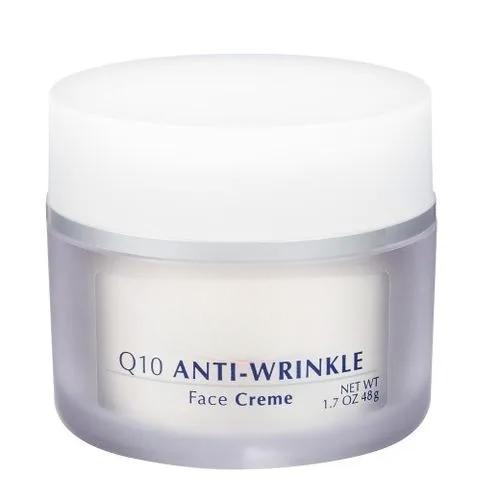
It can be seen that Chinese cosmetic companies and research institutes have increased their investment in coenzyme Q10 cosmetics, showing a high level of enthusiasm for coenzyme Q10-related cosmetic R&D, while the enthusiasm for R&D in other countries has declined. after 2015, the number of coenzyme Q10-related cosmetic patents in both the world and China showed a declining trend, which may be due to the fact that cosmetic technology in this field has become relatively mature and is in a period of stable development. This may be due to the fact that the cosmetic technology in this field has become relatively mature and is in a stable development period.
The number of patent applications can indirectly reflect the degree of importance attached to technological research and development in this field, and also the competitive strength of each entity in this field. Comparing the ratio of the number of applications filed by different countries in the world and the number of national patents filed in China, six countries, namely, China, Japan, the United States, South Korea, Germany and the United Kingdom, are the major applicants in this field, accounting for 82.3% of the total number of applications filed globally, while China, Japan and the United States account for about two thirds of the total number of patent applications filed globally.
The reason may be that on the one hand, the economic development of these countries is better, people's demand for cosmetics has been gradually improved, and R & D personnel attach importance to coenzyme Q10 as a cosmetic raw material, and are willing to invest more R & D costs; on the other hand, it may be that these countries are more aware of the protection of patents, and they have done a good job in laying out the relevant patented technology in order to obtain a certain amount of economic benefits.
1.2 China Patent Analysis
From the distribution of provinces and cities in China, the patent applications involving the application of Coenzyme Q10 in cosmetics are mainly concentrated in Guangdong, Jiangsu, Yunnan and Shandong, etc. Among them, the provinces in the developed eastern coastal regions have relatively strong technological development and reserve, while the provinces in the northwest region have almost no relevant patent applications, and their technological development and reserve are relatively weak. The total number of patent applications in the top six provinces accounts for 53.8% of the total number of applications in China. It can be seen that the distribution of patent applications for the application of coenzyme Q10 in cosmetics is more concentrated in the whole country.
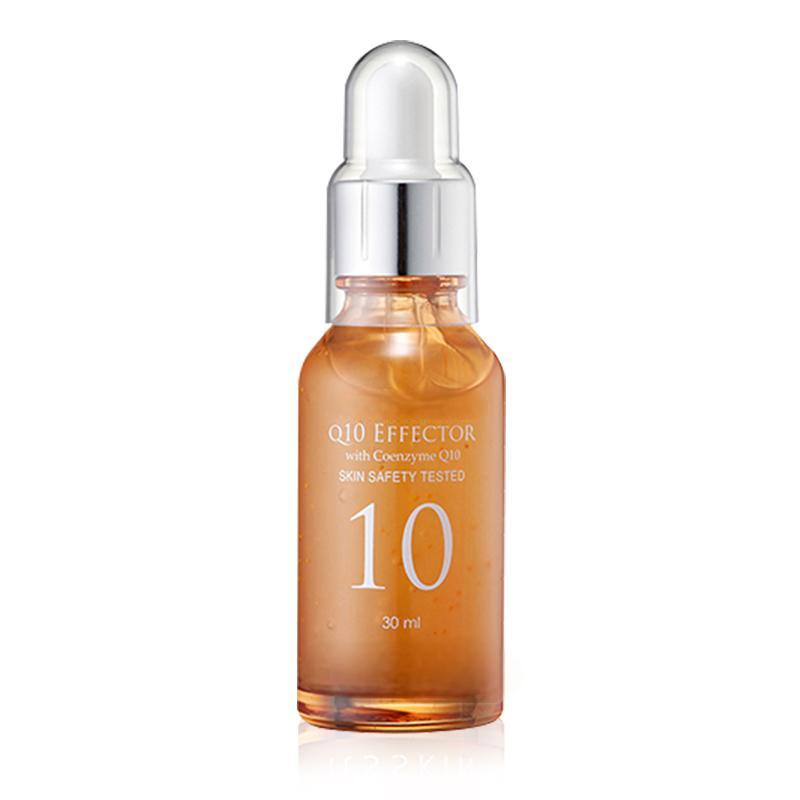
Comparing the number of relevant patent applications in China, enterprises accounted for 64% of patent applications, while scientific research institutions and individuals each accounted for 18%. It can be seen that enterprises dominate the number of patent applications in China, while research institutes and individuals account for a smaller proportion. The corresponding technology level of enterprises and scientific research institutions is more mature in application, while individual applications, though accounting for a certain number, are relatively scattered and have no representative applicants.
1.3 Analysis of Innovation Actors
As shown in Fig. 1, most of the applicants with the highest number of patents on the application of coenzyme Q10 in cosmetics are foreign companies, and the top two are Japanese companies, Kaneka Corporation and Nisshin Pharmaceutical Inc. KANEKA CORPORATION and NISSHIN PHARMA INC. have applied for a large number of patents on the application of CoQ10 in cosmetics, and each of these three companies has its own characteristics in the branch of technology of CoQ10 application.
Ltd. is a chemical raw materials company that focuses on improving the stability of Coenzyme Q10 for use in cosmetics, hair and scalp care, and anti-aging skin products containing Coenzyme Q10. Nisshin Pharmaceutical Co., Ltd. is a pharmaceutical company that focuses on improving the acid, salt, and heat resistance of Coenzyme Q10 for cosmetic and other applications, preventing skin aging, and researching products to prevent UV damage to the skin. Beiersdorf, a multinational cosmetics company, has studied skin aging, hyperpigmentation and UV damage to improve skin appearance.
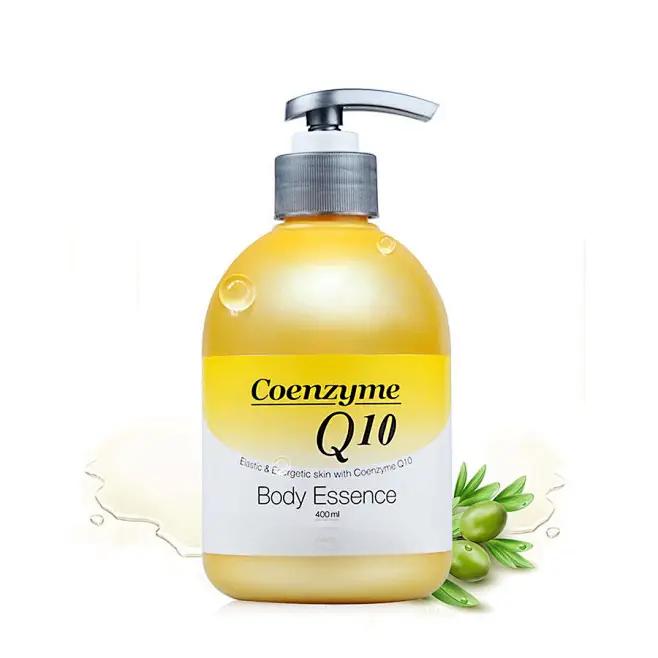
According to the statistics in Figure 1, the number of related patent applications in China is the largest in the world, but only one Chinese enterprise, Chongqing Komaru Science and Trade Co., Ltd. has entered the rankings. Chongqing Komaru Science and Trade Co., Ltd. mainly applies coenzyme Q10 to eye cream cosmetics and prepares microcapsules to realize the effect of anti-aging and anti-wrinkle, etc. Its main research is to prepare microcapsules of effective ingredients to better utilize the effect of the cosmetic products. From the data, it can be seen that although the number of patent applications in China is large, it is also relatively decentralized, and the core competitiveness is still insufficient, so the relevant enterprises and research institutions in China need to continue to strengthen R&D efforts in order to obtain the core competitiveness of the technology.
Figure 1
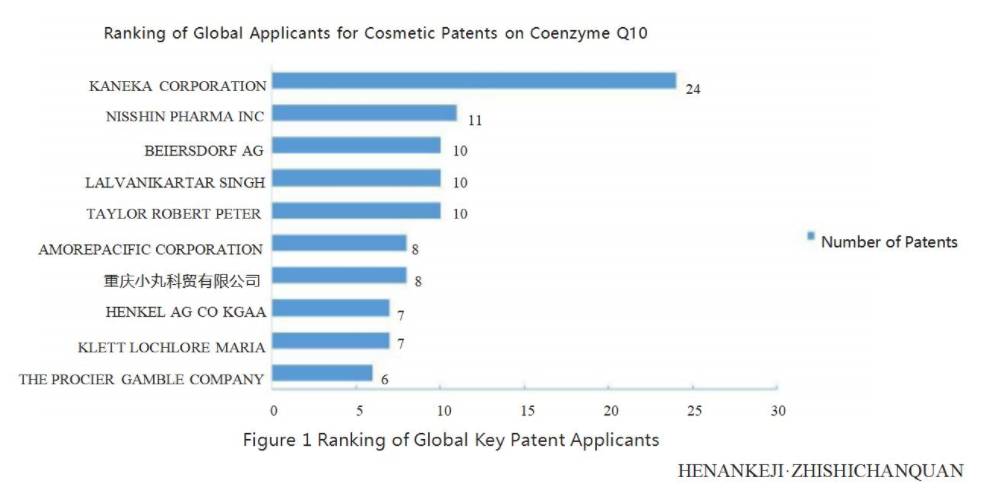
1.4 Technical Subject Matter Analysis of Patents for Coenzyme Q10 in Cosmetic
1.4.1 Classification of Technical Subject Matter of Coenzyme Q10 in Cosmetic Patents
After searching and preliminary reading, the searched patent applications were appropriately categorized, and according to the application parts and effects of Coenzyme Q10 in cosmetics, the subject matter of the patented technology was mainly divided into the following four aspects: (1) skin, mainly skin care, anti-aging, wrinkle, acne, whitening, UV protection, etc.; (2) hair and nails, mainly conditioning, hair nourishment, hair care, hair growth, nail care; (3) oral cavity, mainly oral care, improvement of gingivitis and periodontal disease symptoms; (4) others, lip care, etc. (3) Oral, mainly oral care, to improve the symptoms of gingivitis and periodontal disease; (4) Other, lip care.
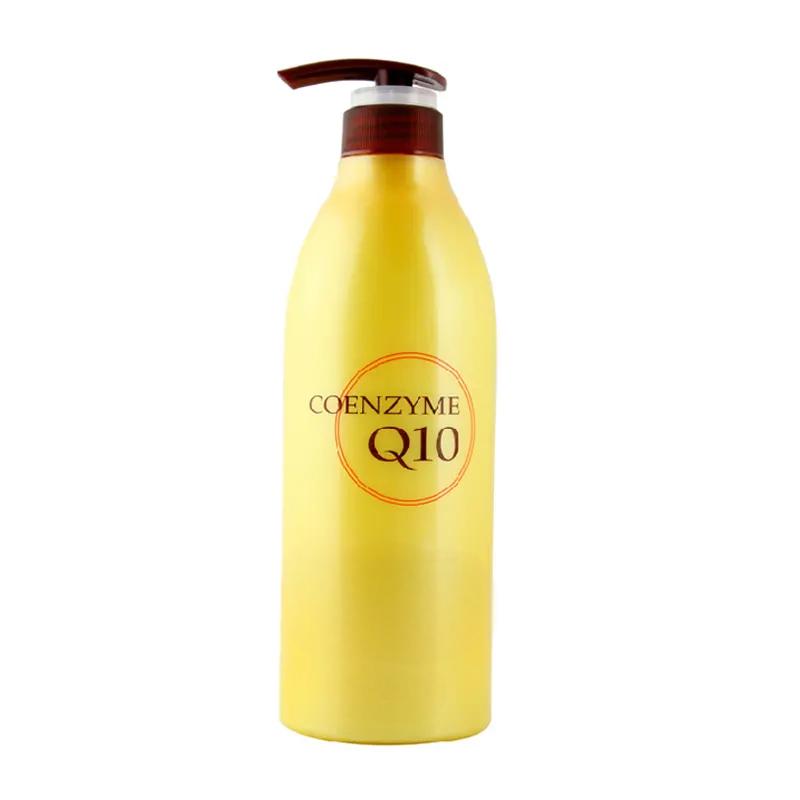
1.4.2Analysis of Technical Subject Matter of Domestic Patent Applications
Domestic patent applications mainly focus on skin care cosmetics, for example, Tianjin Yunxi Biotechnology Co., Ltd (CN102198060A, filed in 20110516) applied for a composition and cosmetic product to slow down skin aging, using coenzyme Q10, ceramide, ginkgo biloba flavonoids, and long-lasting moisturizers as the effective components. Guangdong Medical College and Guangdong Runhe Biotechnology Co., Ltd (CN104840385A, filed on 20150411) jointly applied for a group of compositions containing Coenzyme Q10 and sesame oil in the preparation of topical skin care preparations and cosmetics, including a formulation of a group of emollient, anti-wrinkle and anti-aging Coenzyme Q10 skin creams and its preparation method.
In the field of oral application, Wu Guiqian (CN102858308B20101125) applied for a toothpaste composition for tooth health and filed a PCT application, and its component active substance contains coenzyme Q10, which has excellent antioxidant effect, and is applied to The purpose of the present invention is to provide energy and promote the recovery of periodontal diseases. Li Zhongze and Yang Han (CN106539727A, filed 20170120) co-filed an application for an antiseptic toothpaste with coenzyme Q10, which helps metabolize and accelerate wound healing, and can also help to quickly stop bleeding gums in the case of mouth ulcers, and reduce pain and inflammation.
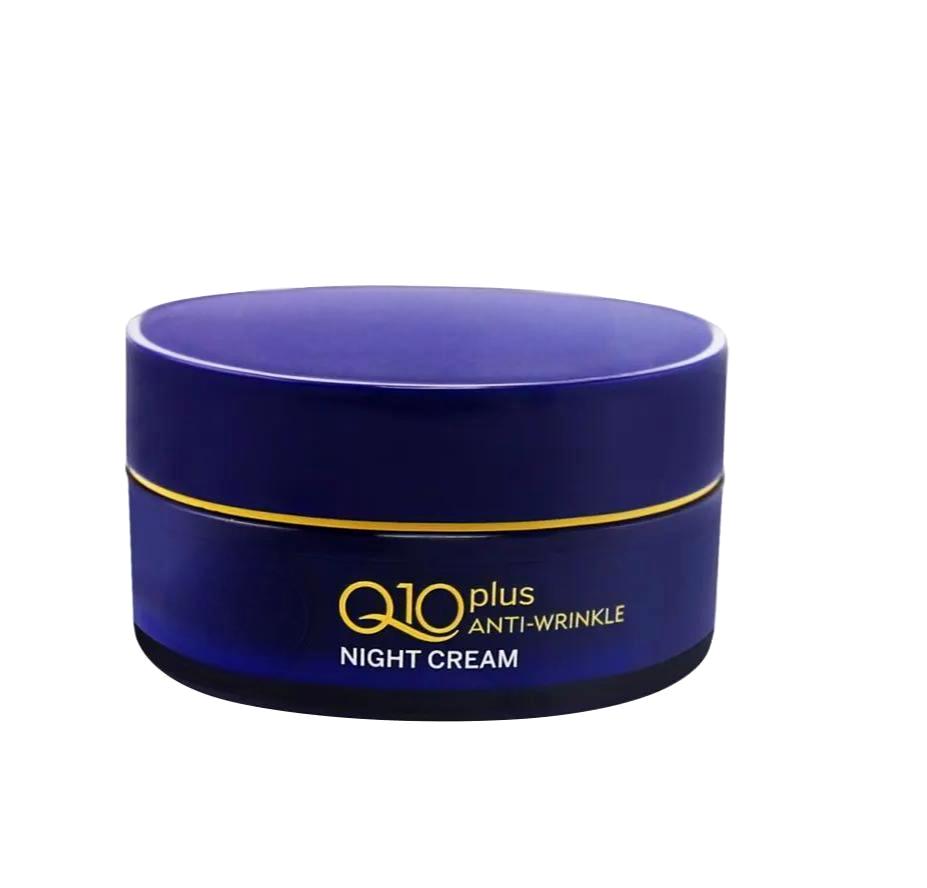
1.4.3 Analysis of Technical Subject Matter of Foreign Patent Applications
Overseas cosmetic applications of CoQ10 cover a wide range of technical topics, including skin, hair, nail, oral and lip care applications.
For skin care applications, Shiseido (JP58180410A, Application No. 19820416) has applied for a cosmetic containing Coenzyme Q10, which activates the skin and makes it beautiful. Cosmetics containing Coenzyme Q10 prevent skin aging by activating skin cell metabolism and inhibiting the formation of lipid peroxide through transdermal absorption. MURNAUER MARKENVERTRIEB GMBH (DE10020874A1, filed 20000428) of Germany has applied for a cosmetic preparation which can be used to reduce the wrinkles of the skin, and it adopts an effective anti-wrinkle agent and natural soft raw materials, and uses Dead Sea salt and Coenzyme Q10 as the main active ingredients to prepare anti-wrinkle cosmetics. UMEKEN KK, Japan (JP2004224742A, filed 20040812) has applied for a skin care preparation containing a mixture of pine seed oil and coenzyme Q10, which is effective in preventing or minimizing the aging of the skin and in protecting against ultraviolet rays.
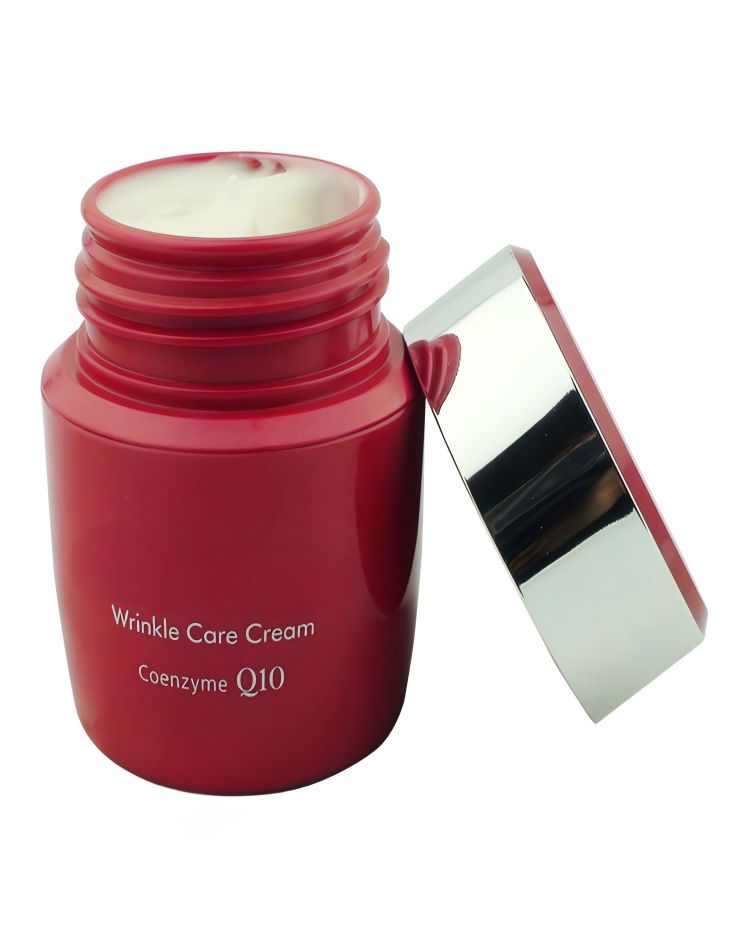
In hair and nail applications, Japan Zhong Yuan Chemical Industry Co., Ltd. (JP4603192B2, filed 20020508) has applied for a composition for hair and/or scalp, the main component of which is Coenzyme Q10, which is effective in preventing hair shedding, and has good effect, non-toxic, no side effects, safe and reliable. Ltd. (TWI318886B, filed in 20020702) applied for a composition for hair nourishment, which is good for hair nourishment, hair care, hair loss prevention and skin care of scalp with high safety. Oxidized Coenzyme Q10 and Reduced Coenzyme Q10 were found to have good activity in hair growth, hair care, hair loss prevention and scalp skin care.
For oral applications, Qpharma Inc, USA (US6200550B1, filed in 19981211), has applied for an oral care composition containing Coenzyme Q10, which is used to improve the symptoms of gingivitis and periodontal disease. Hidetoshi Watanabe (JP2004231603A, filed 20030131), a Japanese applicant, has applied for an ointment containing predominantly Coenzyme Q10 and a method for its preparation, which is effective in preventing or ameliorating oxidative damage, such as periodontal disease.
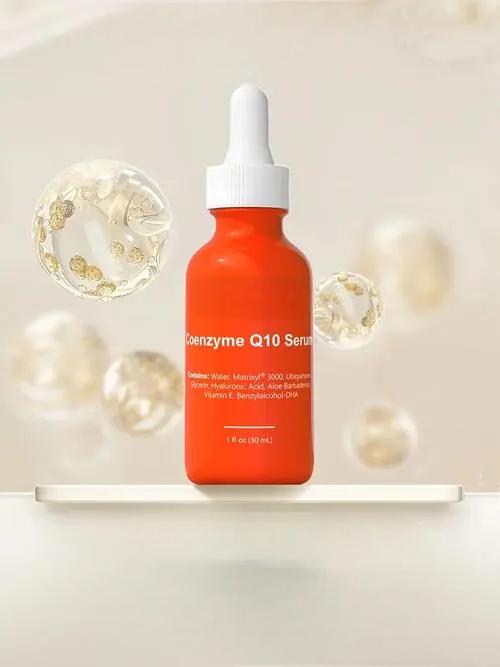
In other applications, Nisshin Pharmaceutical Co., Ltd. (JP2003306413A, filed 20020801) has applied for a lip composition containing Coenzyme Q10 for lips, and a lip composition with fat-soluble Coenzyme Q10 for preventing or improving roughness of the skin around the lips. (JP2006193492A, filed 20050117) applied for a cosmetic containing Coenzyme Q10 for the lips, with ascorbic acid derivatives and vitamin K as active ingredients. In order to provide a cosmetic product for lips, especially lip creams and lipsticks with moisture retention and its durability, Coenzyme Q10 has a high moisture retention effect, and in particular, the active type of Coenzyme Q10 with a strong retention effect is utilized.
2.Summary
As a natural antioxidant that can scavenge free radicals, coenzyme Q10 can be widely used in various cosmetic products, such as skin care, anti-aging, wrinkle, acne, whitening, repair of UV damage, anti-pollution, etc. It can also be used in the care of hair, nails and oral cavity. The number of patent applications in China has gradually increased this year, but there is a lack of core patents, applicants are relatively dispersed, and there is no in-depth research and patent layout, and the corresponding R&D of CoQ10 products is lagging behind, and the market share is relatively small. Chinese enterprises should invest more in technical research and make good use of patents to seize the first opportunity in future technological and market competition.
References:
[1]Yue Yang, A novel coenzyme Q10 lipid carrier system for anti-skin aging[D]. Beijing: Tsinghua University, 2015.
[2] Lina Wu, Preparation and application of nanostructured lipid carriers for the transportation of coenzyme Q10[D]. Wuxi: Jiangnan University, 2016.


 English
English French
French Spanish
Spanish Russian
Russian Korean
Korean Japanese
Japanese